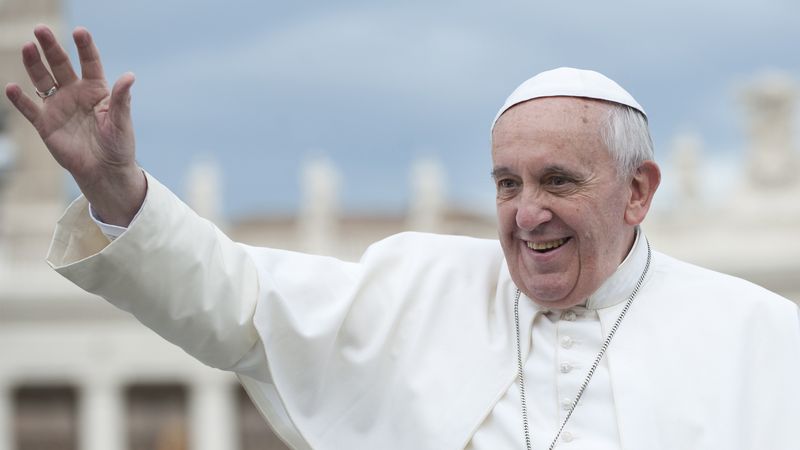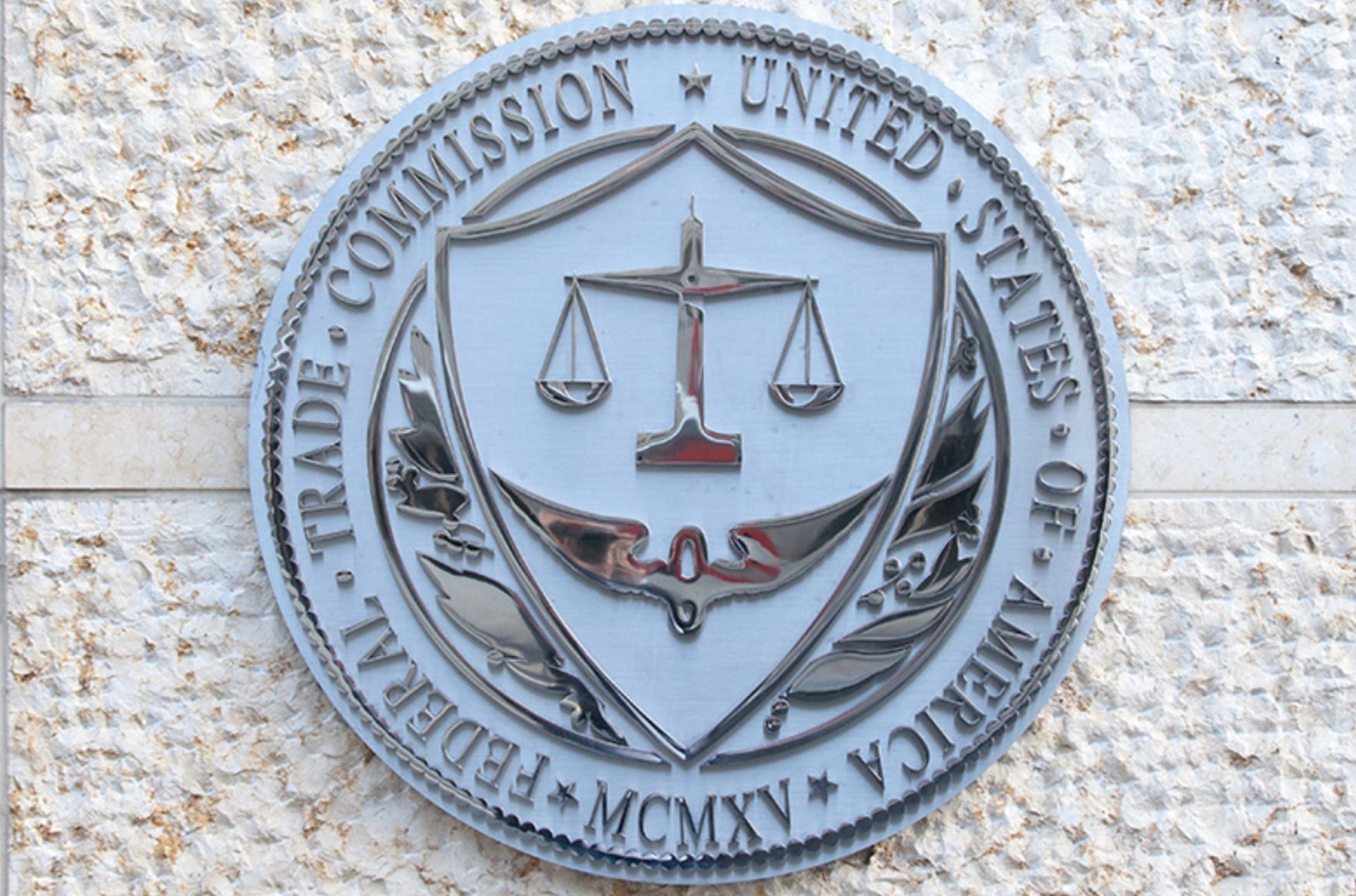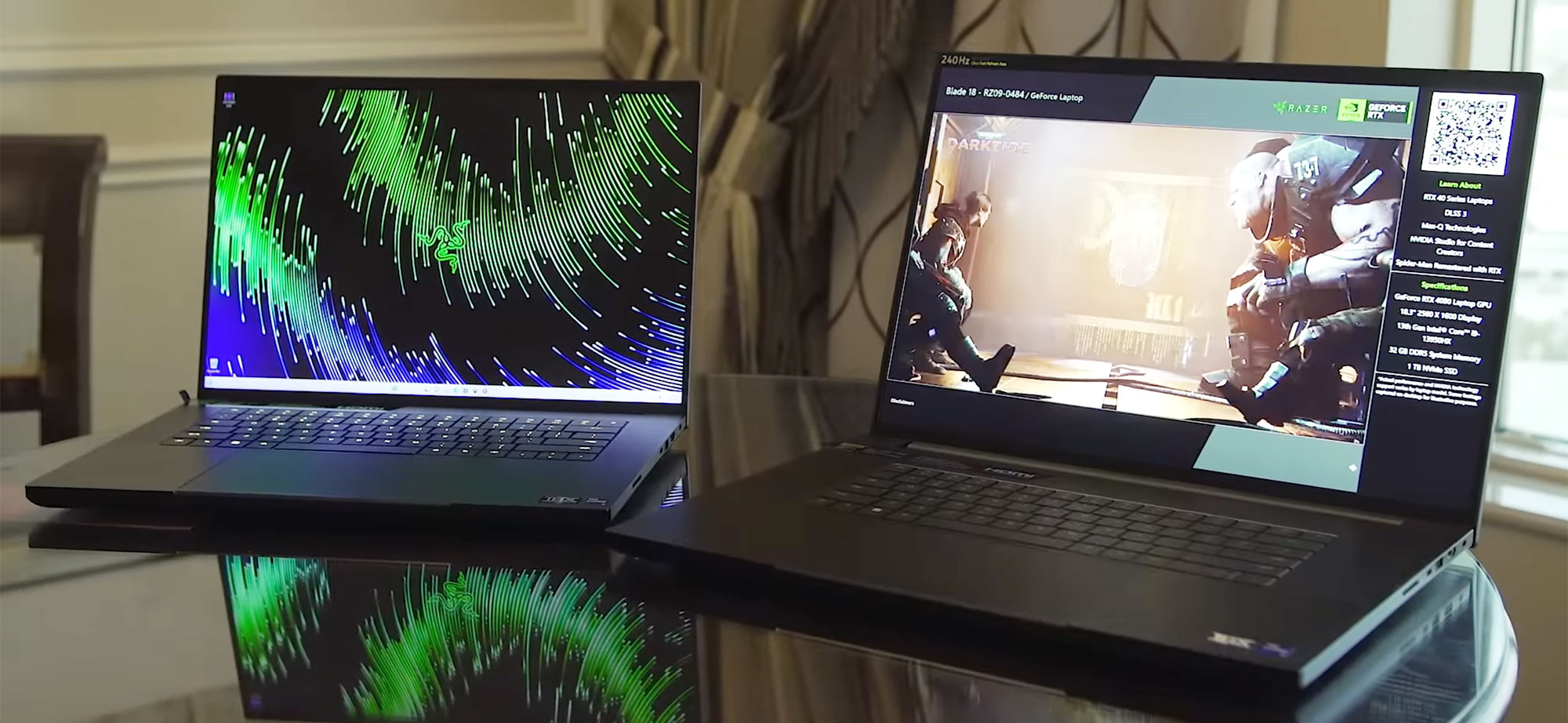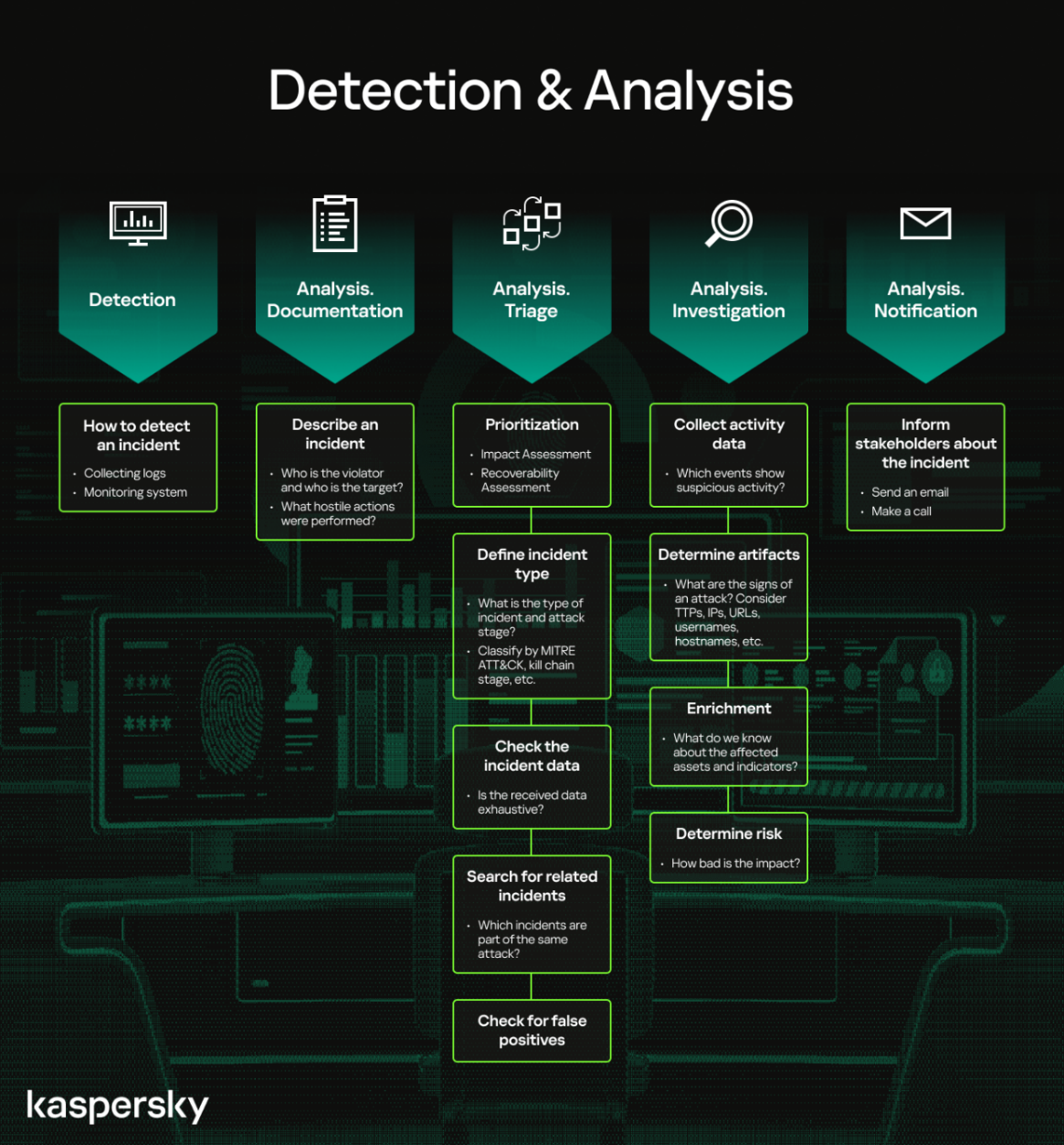How Is A New Pope Chosen? A Comprehensive Guide To Papal Conclaves

Table of Contents
The History of Papal Conclaves: From Ancient Practices to Modern Procedures
The methods of electing a Pope have evolved significantly throughout history. Early papal elections were often fraught with political maneuvering and outside influence. Initially, methods such as acclamation (simply declaring someone Pope) or lot (drawing names) were employed, leading to inconsistencies and conflicts. However, the growing need for a more structured and impartial process spurred the development of the conclave system.
The conclave, meaning "with a key," emerged as a way to isolate the electors and prevent external pressures from influencing the outcome. This seclusion became crucial in mitigating political interference and ensuring a more spiritual selection process.
- Early methods of election: Acclamation, lot, and sometimes even violent disputes among factions.
- Development of the conclave system: Aimed at ensuring secrecy and preventing external manipulation, evolving gradually over centuries.
- Key reforms throughout the centuries: The 1274 Second Council of Lyons introduced significant reforms, establishing formal rules and procedures for the Papal Conclave. Subsequent reforms further refined the process, leading to the refined system we see today. These reforms addressed issues of bribery, outside pressure, and prolonged vacancies.
The Process of a Papal Conclave: Step-by-Step Guide
The election of a new Pope follows a meticulously defined process that begins with the death or resignation of the incumbent. This triggers the sede vacante (vacant see) period, during which the College of Cardinals assumes responsibility for the governance of the Church.
The College of Cardinals, comprising high-ranking clergy appointed by previous Popes, is the body responsible for electing the new Pope. Their role is crucial in ensuring a smooth transition of power and maintaining the Church’s continuity.
Here’s a step-by-step breakdown of the conclave process:
- The sede vacante period: A period of mourning and preparation for the conclave, during which the Cardinal Camerlengo (Chamberlain) manages the affairs of the Holy See.
- Gathering of the cardinals: Cardinals from around the world convene in Rome.
- Seclusion in the Sistine Chapel: Cardinals are confined to the Sistine Chapel, a symbolic and historically significant location for the election.
- The voting process: Secret ballots are cast until a two-thirds majority is achieved. This ensures broad consensus among the electors.
- Announcing the new Pope (Habemus Papam!): Once a candidate receives the necessary votes, the new Pope is announced from the balcony of St. Peter's Basilica, signaled by white smoke emanating from the Sistine Chapel chimney. Black smoke signifies the absence of a consensus.
Key Players and Their Roles in the Papal Conclave
Several key individuals play crucial roles in the smooth functioning of a Papal Conclave:
- The College of Cardinals: The electors themselves, chosen for their theological knowledge, administrative skills, and dedication to the Church. Their collective wisdom guides the selection process.
- The Cardinal Camerlengo: Temporarily administers the Holy See during the sede vacante, ensuring continuity and stability.
- The Master of the Papal Liturgical Celebrations: Oversees the liturgical aspects of the conclave, including the masses and ceremonies.
- Other key figures: Numerous support staff, including medical personnel and security, ensure the logistical aspects run smoothly.
Understanding the Eligibility Criteria for Papal Candidates
To be eligible for election as Pope, a cardinal must meet specific criteria:
- Must be a baptized Catholic: This is a fundamental requirement for the highest office in the Church.
- Must be a cardinal: Only cardinals are eligible to vote and be elected.
- Age restrictions: While not explicitly stated, historically and traditionally, the selected candidate has been of an age capable of shouldering the responsibilities of the papacy.
- Other factors: While no formal written rules exist beyond these basic criteria, qualities like leadership, theological understanding, pastoral experience, and global vision are implicitly considered in the selection process. The concept of Papabile cardinals, those considered likely candidates, often emerges prior to the conclave.
Modern Challenges and Future Considerations for Papal Conclaves
While the core process of Papal Conclaves remains largely unchanged, modern challenges and considerations have emerged:
- Global representation: Ensuring representation from all regions of the world within the College of Cardinals is a growing concern.
- Transparency: Balancing the need for secrecy with a degree of transparency is a delicate matter.
- Adapting to technological advancements: The use of technology to improve efficiency and security is also a topic of discussion.
Understanding How a New Pope Is Chosen – A Final Word on Papal Conclaves
In conclusion, the election of a new Pope through a Papal Conclave is a complex process, blending centuries of tradition with the realities of the modern world. Understanding the historical evolution, the intricate step-by-step procedure, and the roles of key players provides crucial insights into this significant event. From the sede vacante period to the announcement of Habemus Papam!, the process is a testament to the enduring relevance of tradition and the importance of carefully selecting a global leader for the Catholic Church.
To further deepen your understanding of this fascinating subject, we encourage you to research "Papal election history," "Cardinal conclave," "how the Pope is elected," or "understanding Papal Conclaves." Share this article to spread the word about the intricacies of Papal Conclaves!

Featured Posts
-
 Ftc Appeals Microsoft Activision Merger Ruling
Apr 22, 2025
Ftc Appeals Microsoft Activision Merger Ruling
Apr 22, 2025 -
 The Rise Of Disaster Betting Examining The Case Of The Los Angeles Wildfires
Apr 22, 2025
The Rise Of Disaster Betting Examining The Case Of The Los Angeles Wildfires
Apr 22, 2025 -
 Razer Blade 16 2025 Ultra Thin Laptop Performance And Price Analysis
Apr 22, 2025
Razer Blade 16 2025 Ultra Thin Laptop Performance And Price Analysis
Apr 22, 2025 -
 Increased Student Fear Following Fsu Security Incident A Look At Police Response
Apr 22, 2025
Increased Student Fear Following Fsu Security Incident A Look At Police Response
Apr 22, 2025 -
 Chainalysis Acquisition Of Alterya A Strategic Move In Ai Powered Blockchain Analysis
Apr 22, 2025
Chainalysis Acquisition Of Alterya A Strategic Move In Ai Powered Blockchain Analysis
Apr 22, 2025
